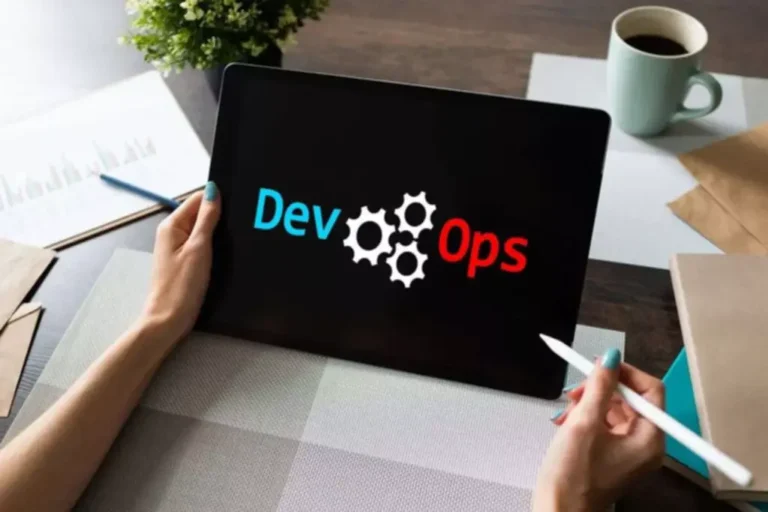As you browse redhat.com, we’ll advocate sources you could like.
How Does Ai Orchestration Work?
Nomad is a straightforward and easy-to-use container orchestrator that runs as a single binary. It makes use of a declarative infrastructure-as-code to describe the configurations for container deployment. Nomad helps you to deploy and handle containers in cloud environments and on-premise knowledge centers.
To run our containers, we can merely SSH and run Docker Run to launch three containers. But if we wish to run extremely out there, we should have multiple copies. Now, we now have a number of copies to make sure we are ready to still reply if we now have a machine failure. However now if we want to deploy and replace to considered one of our containers, we have to the touch https://www.globalcloudteam.com/ three machines. Constructing microservices which might be tailor-made for Kubernetes requires developers to consider several elements.
Nonetheless, in some unspecified time in the future completely different elements of your application prone to communicate with each other to do perform a task. For instance, an API might have to speak with enterprise logic and it wants in turn to entry data or database. Container orchestration requires, first, an underlying containerization resolution Data Mesh running on each node within the cluster—typically, this shall be Docker. A designated grasp node, with a management aircraft, is the controller of the orchestration solution itself. The administrator of the answer uses a GUI or command-line controller on the master node to handle and monitor the container orchestration device. Container orchestration is the method of automating the deployment, management, scaling, and networking of containers throughout their lifecycle.

In addition, containers allow applications to be run in an isolated fashion, making web-based purposes much less vulnerable to infiltration and hacking. Microservices are small items of software with easy functionalities for guiding narrowly outlined tasks, corresponding to opening or updating a file. Applications built with microservices as their building blocks are better capable of scale, and are extra adaptable and simpler to handle. A container, usually called an software container, is a transportable unit of software program that usually offers a microservice and operates in an environment with different containers. It might use assets from a host, but it normally operates independent of the host working system and can be utilized on any platform. The application improvement course of is quickly evolving, that means that companies must adopt the most modern know-how.

By fastidiously evaluating these aspects, you’ll be able to land on an answer that drives effectivity, innovation, and resilience — aligning with your strategic targets and setting the stage for sustainable success in an AI-driven market. Well-supported, open-source frameworks offer faster bug fixes, frequent updates, and a wealth of third-party integrations. Proprietary options, however, might provide devoted customer help and specialised options tailor-made to specific industries.
By integrating them into an orchestration framework, you possibly can enhance buyer interactions, streamline data assortment, and improve total efficiency. Having an understanding of how orchestration works even on the high will assist you to write better applications. You can create higher health checks, higher make the most of your resources and make your purposes easier to configure. At the end of the day, the container’s standards are what make all of this attainable. By having a standardized “box” and container runtime, the orchestration methods can serve as an air visitors controller over your fleet of machines. And finally, orchestration makes it potential for you to merely declare your required state and the system will do it best to make it a reality.

Fault Tolerance And Excessive Availability
This publish covers particulars about totally different container orchestration platforms, like Kubernetes and what container orchestration means. Next, you’ll be taught why observability performs an important position, the way to implement container orchestration, and how to construct a Kubernetes-native application. Finally, the publish concludes with the event lifecycle of Kubernetes-native microservices and best practices you need to consider whenever creating applications with containers. Container orchestration routinely provisions, deploys, scales and manages the lifecycle of containerized purposes. Builders use container orchestration to streamline agile or DevOps workflows, offering the pliability and pace wanted to assist trendy hybrid multicloud infrastructure. Continuous integration and steady deployment (CI/CD) pipelines are important for modern software program development, helping ensure fast iteration and high-quality releases.
- Our expertise in container orchestration and cloud migration ensures that your operations run efficiently, allowing you to focus on what matters most—growing your business.
- Container orchestration requires, first, an underlying containerization resolution working on every node in the cluster—typically, this will be Docker.
- Enterprises can respond extra quickly to changing wants or conditions when methods are managed and deployed rapidly and simply.
- Additional, by integrating Stackify Retrace information with the BMC Helix platform, you get open full-stack observability.
- This synergy could be utilized across various industries for a spread of capabilities, from customer assist chatbots to interactive information assortment forms and AI-driven decision-making tools.
Kubernetes and Docker Swarm differ in complexity and have set. Kubernetes is understood container orchestration systems for its strong characteristic set and is extensively utilized in production environments, offering superior scheduling, scaling, and self-healing capabilities. Docker Swarm, however, is simpler to arrange and handle, making it extra appropriate for smaller deployments and users already acquainted with Docker.
Kubernetes requires manual updates for every utility, typically leading to service interruptions in the course of the process. Container orchestration could be programmed to build distributed methods that adhere to the foundations of immutable infrastructure, making a system that can’t be altered by further consumer modifications. The software is identical; it is just generated in a unique method. As you’ll be able to see, Kubernetes is still used to develop the online software server, database, and payment gateway, though with a new construction. Moreover, support constructions similar to networks and secrets and techniques must be established.
In this weblog post, we explore what AI orchestration is, how it differs from conventional automation, and how it can revolutionize the method in which you deploy and handle ML options. We’ll also have a look at a couple of benefits, challenges, and best practices that can help you decide whether or not AI orchestration is right on your organization. Containers are small executable compute models consisting of software code, its libraries, and any dependencies.
Container Orchestration Instance: Kubernetes
I use a very useful tool named K9S to handle and monitor my Kubernetes cluster. So now, I need to create a Redis pod with the Redis Docker picture. So Redis Dashboard is the name I give to the pod, however you can name it as you want. And thanks to kubectl, I can enter in the pod in an iterative mode with the exec command and the -IT choice.
Containers are created from pictures, which function blueprints defining the application’s runtime setting, and can be run on container platforms like Docker orchestration or Podman. Their portability across growth, testing, and production environments makes containers indispensable for cloud-native applications and DevOps workflows. Container orchestration automates the deployment, scaling, and management of containerized purposes.